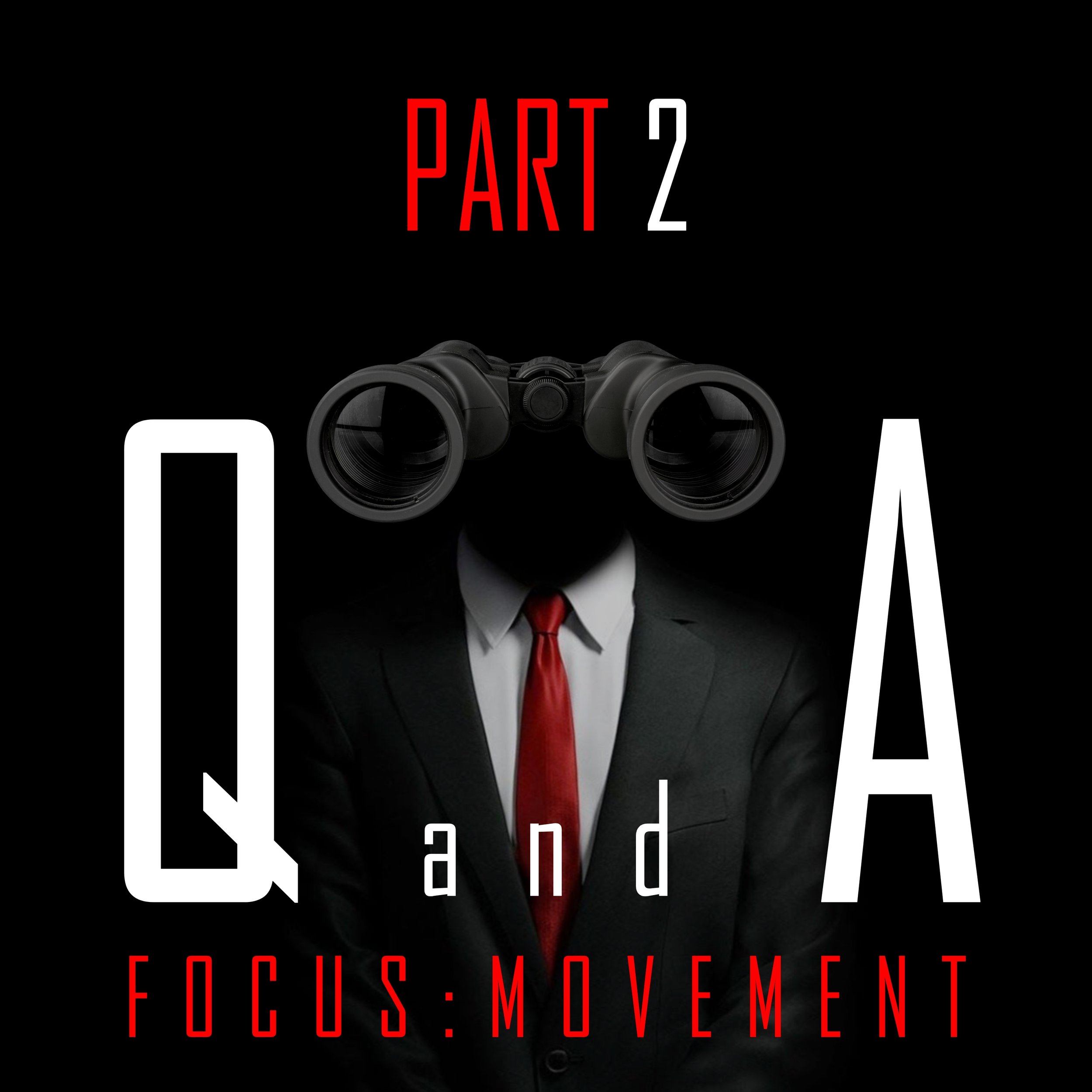Reader Question: Rest Times, Part II
I received a question about my previous post concerning rest times, and realized that since I'm on a very restful rest day, and since the answer could benefit quite a few people, it made sense to post it as a follow up to that post.
Rob said...
Kris,
This post hits on something I have been debating. When performing 4x4's or any type of interval training I always question what my rest interval should be.
Most resources I see suggest a rest time equal to climbing time. I feel like this ends up hitting more on overall endurance and not power endurance.
Over the last few years I have been increasing rest periods for interval training so that I get higher quality sets. By taking a 5 minute rest vs. a 2 minute rest I see a large improvement with the difficulty of problems that I can do. I understand that this is not supposed to be about performance, but doesn’t the extra performance (quality of each set) translate into more power endurance gains? What are your considerations when setting rest time for power endurance intervals?
Thanks,
Rob

Actually Rob, my answer to this is pretty simple. You're exactly right that the quality of the set is the most important aspect of it. There is one good way to decide exactly how the architecture of your intervals should look: Specificity. Of course, this assumes that you have something fairly specific that you're training for. If you do, half the battle is already won. It goes like this...
I usually climb in the Red River Gorge, where any moves that are remotely difficult are most often separated by a great rest that can be milked for as long as you so desire. In turn, most of the interval training I do for the RRG involves moderately difficult problems of more hand movements coupled with longer rests. If the rests on my current RRG project are on a steep wall, then maybe I don't rest on the ground at all, but on an enormous jug and giant feet at a steep angle.
In getting ready for this trip to the Wild Iris, I upped the difficulty of the problems, reduced the number of moves, and made the rests as short as possible while still able to nearly complete the difficult problems I had chosen. Reason is, the clip-ups at the Wild Iris are short, fierce, and don't offer much opportunity to recover. Not only that, but they are at a much higher altitude than I'm used to (9000 feet), so getting a little winded and staying anaerobic seemed to be a pretty good idea. However, since one set of the 4x4 is approximately the length of a route at the Iris, when I needed to up the rest a little to get in that quality time on the wall, I didn't hesitate to do it.
Now, if you don't have a specific project in mind, or even a general style of climbing that you'll be focusing on, then it's a little tougher to choose your weapon. In this case, my advice would be to mix it up. For this phase, do your 4x4's with longer rest. Next time, reduce the difficulty of the problems such that you need less rest between sets. This way, your body isn't falling into the trap of learning one pace, at one distance, for a specific difficulty, and with a specific recovery time. If you don't have a very specific goal, then why not just get better all around?
Rob, I hope this helps. In short, you're on the right track. Quality over quantity all day long, just be sure to switch it up now and then, and if you've got your sights set on something specific, then be sure to train with it in mind.



















How should we separate training and performance when they both occur in the same environment?